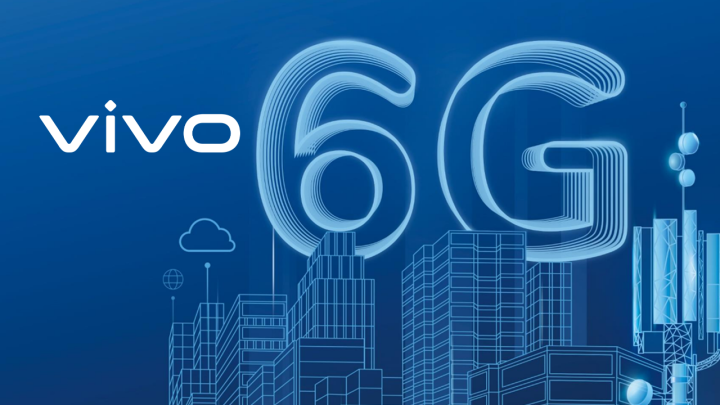Vivo’s Communications Research Institute on Wednesday has released its third 6G whitepaper—an informational document or report—highlighting the 6G technology that they plan to offer in the near future.

Photo/ Vivo
The whitepaper, entitled as ‘Building a Freely Connected Physical and Digital Integrated World: 6G Services, Capabilities and Enabling Technologies’ explores the 6G enabling technologies and its framework that its experts believe will “shape people’s lives beyond 2030.”
According to its analysis, 6G will integrate communication, computation, and sensing into a single system that will not only connect humans to humans but also connects humans to machines, and machines to machines—convergence of the physical and digital worlds.
“[6G] will integrate more access technologies, cover a larger physical space, and provide better core capabilities, supporting more services,” Rakesh Tamrakar, vivo’s 5G Standard Expert said in a press release.
“By seamlessly connecting industries, transportation, workspace, and homes, 6G will contribute greatly to society—from the democratization of professional talent to the enhancement of emergency and disaster response,” Tamrakar added.
6G mobile data connectivity services will need to be enhanced ‘several folds or more compared with 5G’ in terms of performance indicators such as data peak data rate and user experienced data rate, communication delay, and area traffic capacity among other aspects.
Currently, the key performance indicators (KPI) of 5G technology is at minimum of 20Gbps downlink, 10Gbps uplink for peak data rate while it is 100Mbps downlink, 50Mbps downlink for user experienced data (RF Wireless World, 2020).
Furthermore, 6G expands basic telecom services for ‘completely new’ experiences to emerge (e.g., immersive mixed reality, and holographic and multi-sensory communication).
“New network functions need to be introduced to support the new 6G services and achieve integration of sensing and communication. 6G will converge mobile network and computing, cross-domain data interaction, and native AI network,” vivo described that 6G requires a whole new system architecture design.
Their third whitepaper is built upon vivo Communications Institute’s earlier works, ‘Digital Life 2030+’ and ‘6G Vision, Requirements and Challenges’ that were both released in October 2020.
Vivo Communications Research Institute is established in 2016 that primarily focuses on 5G technology research and standardization, and have submitted over 8,000 5G proposals to the Third Generation Partnership Project (3GPP)—a standards organization who develop mobile telecommunications protocols (“About 3GPP,” 2022).
Vivo’s R&D arm have 15 technical features and three technical projects being approved.
You may access their third whitepaper through this link.
Source: Yugatech

No comments:
Post a Comment